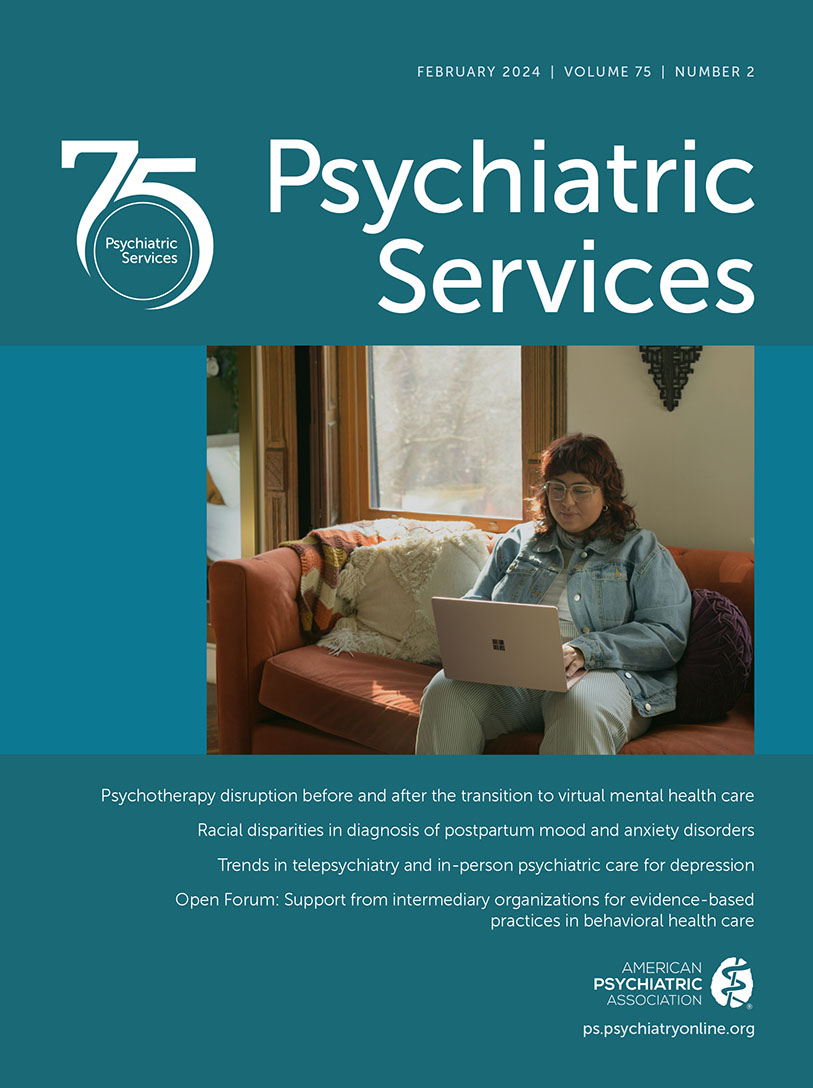Association of Arizona’s Implementation of a Behavioral Health Crisis Response System With Suicide Hospitalizations
Abstract
Objective:
In July 2022, the 988 Suicide and Crisis Lifeline went live. The Lifeline is part of larger federal and state efforts to build comprehensive behavioral health crisis response systems that include mobile crisis units and crisis diversion and stabilization centers. Comprehensive response systems are anticipated to reduce hospitalizations for suicide and other behavioral health crises; however, research testing this assumption has been limited. The authors used Arizona—a state known for its comprehensive crisis system—to determine the association between state implementation of a comprehensive behavioral health crisis response system and suicide-related hospitalizations.
Methods:
A comparative interrupted time-series (CITS) design was used to compare changes in suicide-related hospitalizations after the 2015 implementation of Arizona’s crisis response system (N=215,063). Data were from the 2010–2019 Healthcare Cost and Utilization Project (HCUP) State Inpatient Databases (SID). Nevada (N=84,091 hospitalizations) was used as a comparison state because it is a western state that had not yet implemented a comprehensive crisis system and had available HCUP SID data. The CITS model included controls for time-varying differences in state demographic composition.
Results:
From 2010 to 2014 to 2019, annual suicide-related hospitalizations in Arizona increased from 122.0 to 324.2 to 584.5, respectively, per 100,000 people, and in Nevada, hospitalizations increased from 94.7 to 263.2 to 595.5, respectively, per 100,000 people. Arizona’s crisis response system was associated with a significant relative decrease in the quarterly trend of 2.57 suicide-related hospitalizations per 100,000 people (p=0.033).
Conclusions:
More research is needed to understand how the implementation of a comprehensive crisis response system may affect suicide-related hospitalizations.
Access content
To read the fulltext, please use one of the options below to sign in or purchase access.- Personal login
- Institutional Login
- Sign in via OpenAthens
- Register for access
-
Please login/register if you wish to pair your device and check access availability.
Not a subscriber?
PsychiatryOnline subscription options offer access to the DSM-5 library, books, journals, CME, and patient resources. This all-in-one virtual library provides psychiatrists and mental health professionals with key resources for diagnosis, treatment, research, and professional development.
Need more help? PsychiatryOnline Customer Service may be reached by emailing [email protected] or by calling 800-368-5777 (in the U.S.) or 703-907-7322 (outside the U.S.).



